Emerging Trends in Generative AI
Generative AI is rapidly evolving, with several key trends shaping its development and deployment in 2025. The most prominent among these are the rise of multimodal models, the expansion of edge AI, and the growing focus on explainability. Each of these trends addresses critical challenges and opportunities in the field, from broadening the capabilities of AI systems to ensuring their reliability and trustworthiness in real-world applications.
Multimodal Models
Multimodal integration is a defining trend in generative AI, moving beyond models that specialize in a single data type (text, image, or audio) to systems that can understand and generate content across multiple modalities simultaneously. This shift enables AI to mimic more human-like cognition, where information from different senses is integrated for richer understanding and output. For example, a medical AI might combine visual data from scans with textual lab reports to generate more accurate diagnoses.
- Unified frameworks: Modern generative models are increasingly built to handle text, images, audio, and structured data within a single architecture, allowing for more contextually appropriate and nuanced outputs.
- Cross-modal relationships: These models are improving at understanding the interplay between different data types, leading to applications where, for instance, an AI can generate a detailed report from a combination of spoken instructions and visual inputs.
- Broader applications: Multimodal capabilities are expanding the use of generative AI in fields like healthcare, education, and creative industries, where integrating diverse data sources is essential.
Edge AI
Edge AI refers to the deployment of generative models directly on devices (e.g., smartphones, IoT devices, industrial machines) rather than relying solely on cloud-based servers. This trend is driven by the need for low latency, privacy, and the ability to operate in resource-constrained or sensitive environments.
- Multimodality at the edge: Edge devices often have multiple sensors (cameras, microphones) and must generate varied outputs (text, speech, images), favouring modular or composite models that can efficiently handle these tasks.
- Personalization and contextualization: Edge AI can specialize for individual users or specific environments, learning from local data to provide highly personalized experiences—something cloud-based models, which average across many users, cannot easily achieve.
- Privacy and security: Keeping data processing local enhances privacy, but also introduces challenges in ensuring that models do not leak sensitive information and are protected from tampering.
- Resource efficiency: Advances in model compression and optimization are making it feasible to run sophisticated generative models on devices with limited computational power, enabling real-time applications without constant internet connectivity.
Explainability
As generative AI systems are integrated into critical workflows, explainability—the ability to understand and interpret how these models make decisions—has become a major focus. This is especially important in sectors like healthcare, law, and finance, where erroneous or opaque decisions can have serious consequences.
- Retrieval-augmented generation (RAG): To combat “hallucinations” (incorrect or fabricated outputs), RAG techniques combine generative models with search capabilities to ground responses in real, verifiable data. While this reduces errors, it does not eliminate them entirely, and new benchmarks are being developed to quantify and track these failures.
- Attention-based interpretability: Techniques like attentional self-interpretation assign importance weights to different parts of the input data, making it easier to trace how a model arrived at a particular output. This is particularly useful in multimodal tasks, where understanding the relationship between, say, an image region and a textual explanation is crucial.
- Human-in-the-loop (HIL): Incorporating human oversight during model training and deployment helps ensure that outputs are not only accurate but also interpretable and aligned with human reasoning.
- Benchmarking and standards: The industry is moving toward treating explainability as an engineering challenge, with standardized metrics and benchmarks to assess and improve model transparency.
Summary Table: Key Trends in Generative AI (2025)
| Trend | Key Developments | Impact Areas |
|---|---|---|
| Multimodal Models | Unified frameworks for text, image, audio, and structured data; cross-modal understanding | Healthcare, education, creative industries |
| Edge AI | On-device deployment; personalization; enhanced privacy and security; resource efficiency | IoT, mobile, industrial, sensitive environments |
| Explainability | RAG, attention-based interpretability, HIL, new benchmarks | Law, healthcare, finance, critical systems |
Conclusion
The generative AI landscape in 2025 is marked by the convergence of multimodal capabilities, edge deployment, and explainability. These trends are not only expanding what AI can do but also addressing practical concerns around reliability, privacy, and trust—ensuring that generative AI can be safely and effectively integrated into a wide range of professional and everyday contexts.



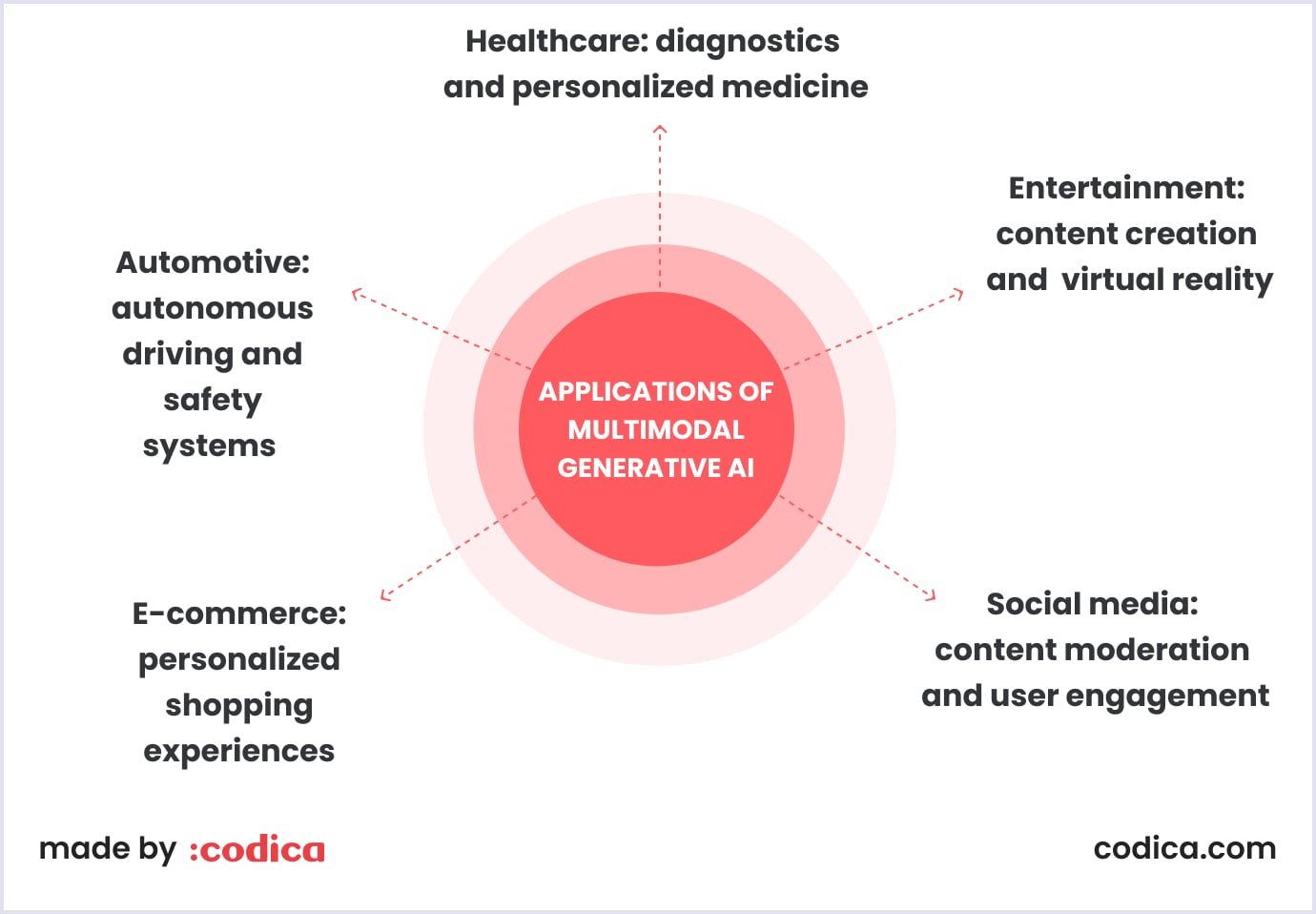
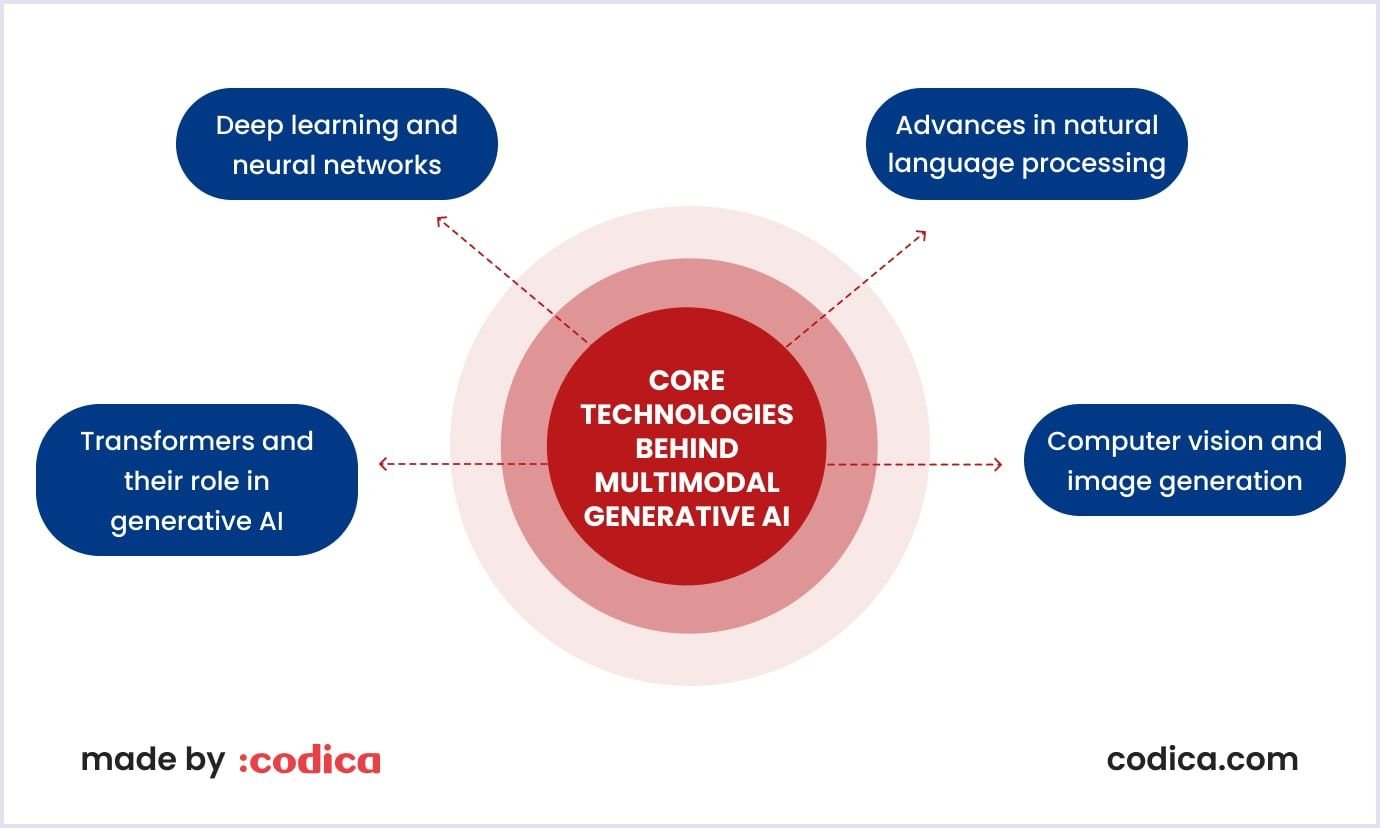
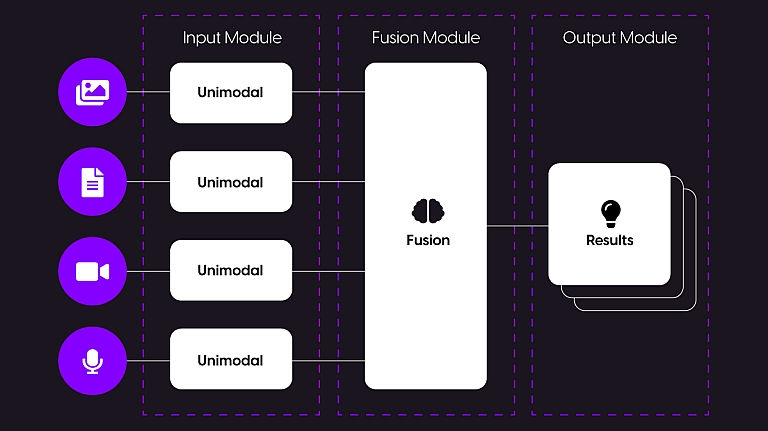
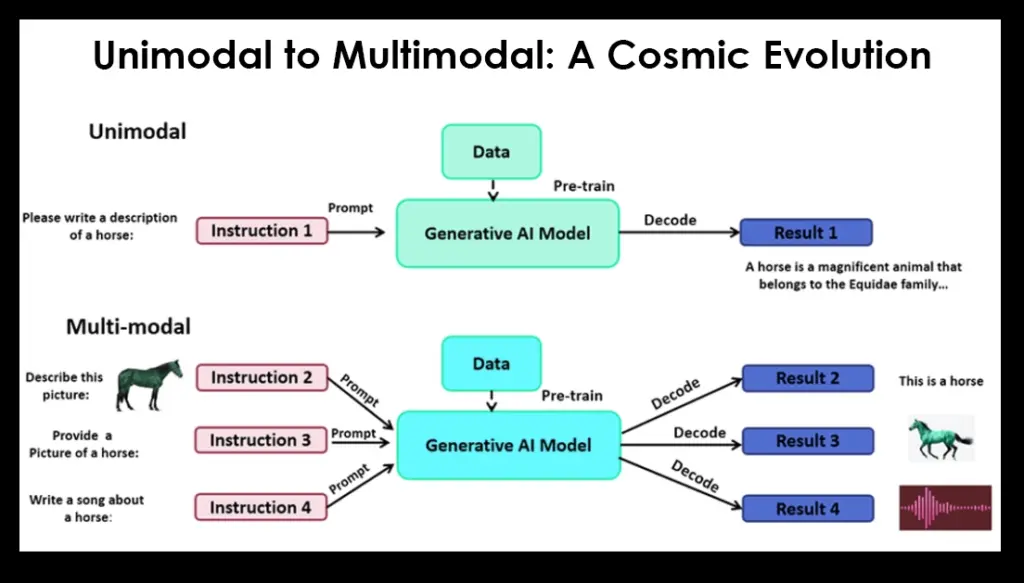








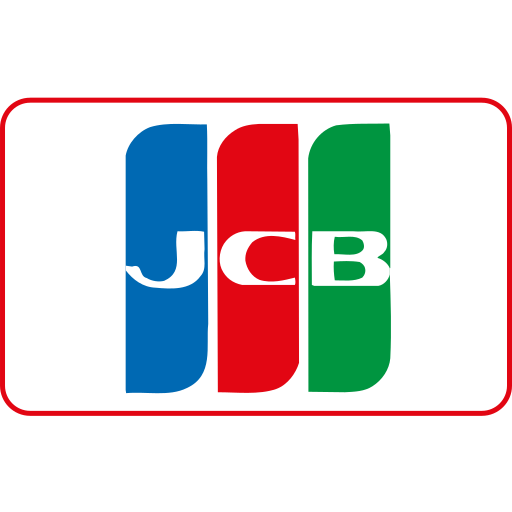




Maple Ranking offers the highest quality website traffic services in Canada. We provide a variety of traffic services for our clients, including website traffic, desktop traffic, mobile traffic, Google traffic, search traffic, eCommerce traffic, YouTube traffic, and TikTok traffic. Our website boasts a 100% customer satisfaction rate, so you can confidently purchase large amounts of SEO traffic online. For just 720 PHP per month, you can immediately increase website traffic, improve SEO performance, and boost sales!
Having trouble choosing a traffic package? Contact us, and our staff will assist you.
Free consultation